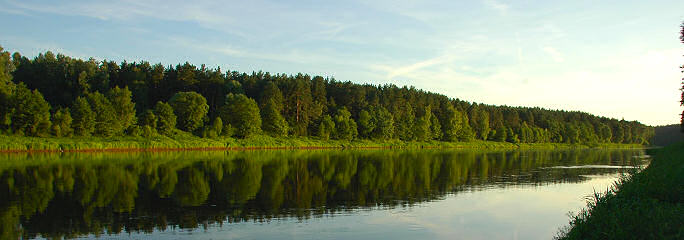Rick Price, ExperiencePlus! founder, reviews Richard Louv’s, Last Child in the Woods: Saving our Children from Nature-Deficit Disorder (first published in 2005, updated and expanded in 2008; Algonquin Books of Chapel Hill)

Here’s a book that’s not about bicycling, nor travel, nor food, nor any of the things that I normally review. Or is it? It IS all about exploration, discovery, nature, learning, and adventure. And since that is what we do at ExperiencePlus! on our escorted bicycle tours it does, perhaps, fit right into our normal suggested reading list.
Above all, though, this book is for the baby boomer who spent his or her childhood NOT playing in formal playgrounds. Indeed, that means it’s a walk, stroll or ride down memory lane for those of us who grew up playing sandlot baseball, cowboys and Indians, building tree houses and forts in the woods. This book will elicit many memories about what we did as kids that we’ve prohibited our kids and grandkids from doing for a variety of reasons that Louv analyzes in depth.
I grew up on the Oregon coast, just five blocks from the beach. So the beach was my playground for most of the year after about fourth grade. Indeed, the agreement with my folks was that I could go to the cliff in third grade, but not to the beach. By the spring of that third grade year I’d made the beach my domain. Running along the beach on an incoming tide trying to avoid getting caught by the long “sneaker” waves was the great game. When a wave did approach the game was to run up the 100 foot bank as far as we could (we always played in pairs or groups of three) to avoid being swept out to sea. Of course, we’d get soaked and have to sneak in the back door at home to avoid detection.
I’m not sure how but my buddies and I knew NOT to risk the beach on an outgoing tide. A sneaker wave on an outgoing tide was a bad deal. You could end up in China. So we limited our risky play to incoming tides. And we learned early on which risks were worth taking and which not. We learned to “read” the ocean, the currents, and the patterns of nature. What an education that was.
Well, this is what Louv’s book is all about: unstructured experiential learning in nature through play. And, he laments, we don’t allow our kids to do this any more. We design our playgrounds with litigation in mind, making them tamer and tamer. Yet if you watch kids in these playgrounds, they’d rather play on the wild edge of the park or playground, not on the swings, if given that opportunity.
Louv writes about how our kids sustain more injuries in organized sports than we did in unstructured, wild play. Kids don’t build tree houses any more because the homeowner’s association won’t allow them. “Forts” in the woods cause worry about transients or kids playing with fire. He presents an image of “containerized” kids – in high chairs, play pens, car seats, cars, and strollers (as the parent, of course, is jogging along the bike path!)
Louv’s book, not surprisingly, has struck a chord with many of my generation and the younger one just behind us. Indeed, he has achieved something of cult status across the country as parents try to figure out how to capture the freedom of play in nature that so many of us enjoyed as children. Even recess is being eliminated from many of our elementary schools, he points out, as schools focus more and more on teaching to achievement tests.
This book is about getting back to nature. It’s worth a look and it is a reminder, if for nothing else than to bring nature back into our lives and into the lives of the young people around us. It will take you back to Rachel Carson’s Silent Spring and to John Muir, Aldo Leopold, Henry David Thoreau, Edward Abbey, and many others. If you’re working on your master naturalist certificate this will bring you up to date on all the literature that you should be reading, and if you just want to know what’s going on in the world of environmental education this will do the trick.
Louv ends with a check list of 100 things we can do to get kids back to nature. Whether you are a parent or grandparent, an educator or a lawyer, or whether you’re looking for opportunities for your civic groups or government programs, there is something here for everyone.


